
Productivity vs. Efficiency – What Are the Differences?
Last updated: December 07, 2022 Read in fullscreen view
- 28 Oct 2023
 The GOLDEN Rules of Software Engineering 27/522
The GOLDEN Rules of Software Engineering 27/522 - 18 Oct 2020
 How to use the "Knowns" and "Unknowns" technique to manage assumptions 21/989
How to use the "Knowns" and "Unknowns" technique to manage assumptions 21/989 - 08 Dec 2021
 What Are The 4 Types of Maintenance Strategies? 20/1031
What Are The 4 Types of Maintenance Strategies? 20/1031 - 01 Oct 2020
 Fail fast, learn faster with Agile methodology 13/973
Fail fast, learn faster with Agile methodology 13/973 - 13 Oct 2021
 What is Bug Convergence? Why is it important for User Acceptance Testing (UAT)? 8/684
What is Bug Convergence? Why is it important for User Acceptance Testing (UAT)? 8/684 - 02 Dec 2022
 3 Levels of Quality in KANO Analysis Model 8/1000
3 Levels of Quality in KANO Analysis Model 8/1000 - 10 Nov 2022
 Poor Code Indicators and How to Improve Your Code? 7/213
Poor Code Indicators and How to Improve Your Code? 7/213 - 13 May 2022
 IT Training and Development: The most effective options for upskilling IT staff 7/1021
IT Training and Development: The most effective options for upskilling IT staff 7/1021 - 19 Oct 2021
 Is gold plating good or bad in project management? 7/754
Is gold plating good or bad in project management? 7/754 - 06 Feb 2021
 Why fail fast and learn fast? 6/375
Why fail fast and learn fast? 6/375 - 14 Oct 2021
 Stream Story - Low land stream or fast moving stream? 6/569
Stream Story - Low land stream or fast moving stream? 6/569 - 10 Dec 2021
 What is a Kano Analysis? 6/810
What is a Kano Analysis? 6/810 - 01 Mar 2023
 Bug Prioritization - What are the 5 levels of priority? 6/207
Bug Prioritization - What are the 5 levels of priority? 6/207 - 05 May 2021
 TIGO Magic Scale - PoC tool for you to apply dichotomous thinking before submitting RFP 4/297
TIGO Magic Scale - PoC tool for you to apply dichotomous thinking before submitting RFP 4/297 - 14 Oct 2021
 Advantages and Disadvantages of Time and Material Contract (T&M) 4/789
Advantages and Disadvantages of Time and Material Contract (T&M) 4/789 - 08 Oct 2022
 KPI - The New Leadership 3/557
KPI - The New Leadership 3/557 - 31 Oct 2021
 Tips to Fail Fast With Outsourcing 3/375
Tips to Fail Fast With Outsourcing 3/375 - 18 Aug 2022
 What are the consequences of poor requirements with software development projects? 3/242
What are the consequences of poor requirements with software development projects? 3/242 - 03 Nov 2022
 Questions and answers about Kano Model 3/805
Questions and answers about Kano Model 3/805 - 17 Feb 2022
 Prioritizing Software Requirements with Kano Analysis 2/280
Prioritizing Software Requirements with Kano Analysis 2/280 - 28 Dec 2021
 8 types of pricing models in software development outsourcing 2/417
8 types of pricing models in software development outsourcing 2/417 - 07 Dec 2023
 The Myths Of Requirements 2/203
The Myths Of Requirements 2/203 - 10 Dec 2023
 Pain points of User Acceptance Testing (UAT) 2/416
Pain points of User Acceptance Testing (UAT) 2/416 - 23 Sep 2021
 INFOGRAPHIC: Top 9 Software Outsourcing Mistakes 2/411
INFOGRAPHIC: Top 9 Software Outsourcing Mistakes 2/411 - 13 Dec 2020
 Move fast, fail fast, fail-safe 2/292
Move fast, fail fast, fail-safe 2/292 - 01 Oct 2020
 Handling tight project deadlines as a business analyst 1/313
Handling tight project deadlines as a business analyst 1/313 - 19 Apr 2021
 7 Most Common Time-Wasters For Software Development 1/525
7 Most Common Time-Wasters For Software Development 1/525 - 26 Dec 2023
 Improving Meeting Effectiveness Through the Six Thinking Hats 1/205
Improving Meeting Effectiveness Through the Six Thinking Hats 1/205 - 05 Jan 2024
 Easy ASANA tips & tricks for you and your team 1/180
Easy ASANA tips & tricks for you and your team 1/180 - 11 Jan 2024
 What are the Benefits and Limitations of Augmented Intelligence? 1/434
What are the Benefits and Limitations of Augmented Intelligence? 1/434 - 14 Mar 2024
 Why should you opt for software localization from a professional agency? /117
Why should you opt for software localization from a professional agency? /117 - 12 Mar 2024
 How do you create FOMO in software prospects? /127
How do you create FOMO in software prospects? /127 - 11 Oct 2021
 10 Myths About Low-End Project Management Software /274
10 Myths About Low-End Project Management Software /274 - 06 Nov 2019
 How to Access Software Project Size? /236
How to Access Software Project Size? /236 - 10 Nov 2021
 Automated QA Outsourcing – Hire a Professional Software Testing Team /514
Automated QA Outsourcing – Hire a Professional Software Testing Team /514
In any given organisation, productivity and efficiency are highly regarded. Most managers and employees get their feedback based on these two factors. But what exactly do we mean when we say productivity or efficiency? Apparently there are some questions around this topic that haven’t been answered yet.
In order to explain the differences between productivity and efficiency, we must first understand what they exactly mean. To put it in simpler terms, we are talking about differences between quantity and quality. It is nearly impossible to obtain 100% quality, while having productivity levels up at maximum. There should be a middle ground in order to optimise your results.
Both productivity and efficiency are absolutely crucial for building a fantastic work ethic. If you manage to learn how to handle both of them and what makes them distinctly important, you and your business will thrive. As a beginner, you may be tempted to focus too much on efficiency and although this isn’t a bad thing to do, understanding the key variables between efficiency and productivity is imperative.
Given the complexity of this issue, insight is required on what these two factors actually are.
Productivity
At its very core, productivity shows you the rate at which products are being developed or a task is being completed. When you are measuring productivity things get a little more complex than that. You have to take into account whether it’s physical or office work, if the job requires a certain quality factor or the impact a specific industry’s requirements may have on its workers. Nonetheless, productivity is an integral part of any successful company.
Efficiency
Efficiency is all about the comparison between what is really being produced or performed with what can be produced taking into account the same amount of resources, such as: money, time and labour. In simpler terms, efficiency measures whether there is any waste in your company. Depending on the industry you work in, efficiency may be more desirable than productivity, but usually their importance is proportionate.
Efficiency vs. Productivity
Everyone wants to be as productive as possible, but there are always problems of various sorts that keep us from getting the job done. Firstly, don’t waste more time than necessary when completing a task. Try and set your own rhythm and pace and stick to it. Try and write down every step necessary in order to complete a certain task and follow that process religiously. Once you have the whole process set in stone, you will see that the amount of time you require will steadily decrease.
Many people ask if it is possible to be productive and efficient at the same time and the answer is yes. All you have to do is analyse the task at hand and try and find out what it requires more; whether it is quantity or quality.
It all comes down to the importance of the task. As an example, let’s talk about employee enquiries towards the HR department. We all know they must be dealt with in a respectable amount of time. This type of task is considered to be more on the productive side, due to the fact that it is the same process over and over again, with the same forms and documentation that need to be filled out every time. You can finish all the enquiries quickly and with complete certainty that their quality is top notch as long as you deal with them in the correct manner.
With efficiency tasks, most often than not they do not have a precise and by the book approach. These tasks obviously require more time and a high level of due diligence. In this scenario, quality trumps quantity. Of course, every task has a deadline. But if you happen to have the misfortune of dealing with it poorly, it doesn’t necessarily matter too much. You should always work at your full potential, but given the fact that the assignment doesn’t have a methodological way of dealing with it, you have some wiggle room and the possibility to improve it.
As mentioned earlier in the article, it is very important for both productivity and efficiency to be part of your workflow. It provides you with time, expertise and discipline in order to handle distinct assignments. Balancing productivity and efficiency may seem troublesome at first, but once you find it, certain tasks will stop being such a burden on you.
In conclusion, one more idea that is important to remember is this: never sacrifice your work. If you need to do good, solid work then don’t rush it by any means, and when you are looking for quantity don’t get yourself lost in too many details. With this in mind, you can accomplish anything you want. Do the work you have to do the way it was meant to be done and never compromise. It is essential you know and understand the differences between these two practices in order to ensure your work never has to suffer again.







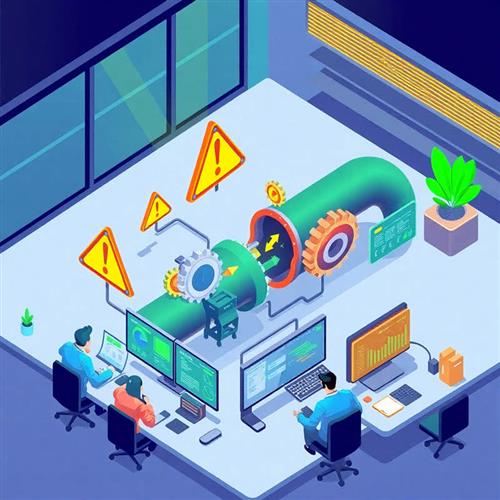
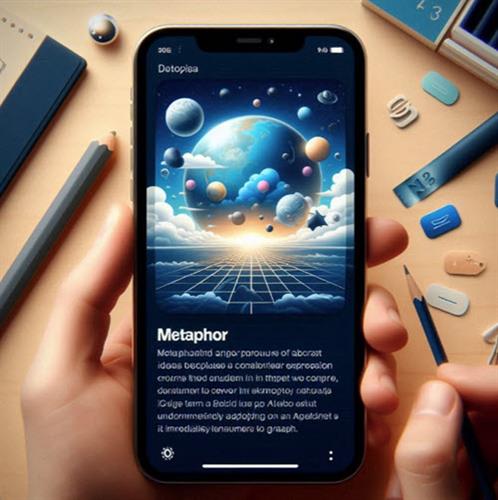

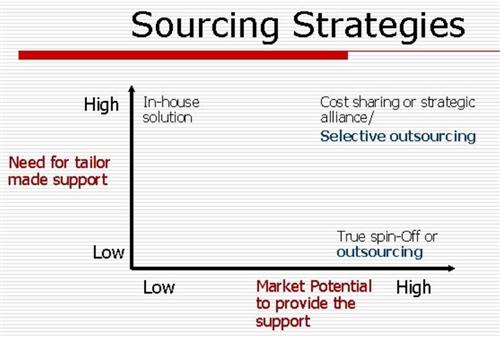
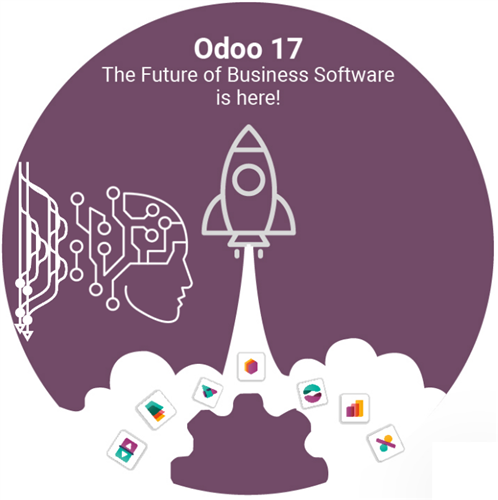
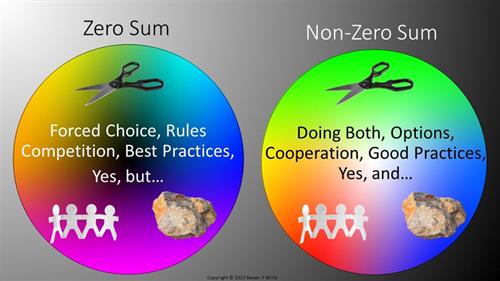

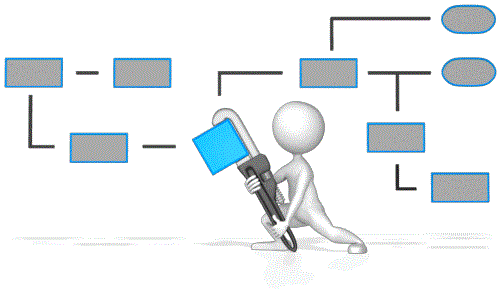


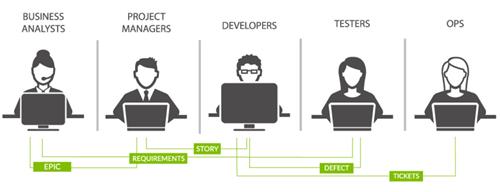




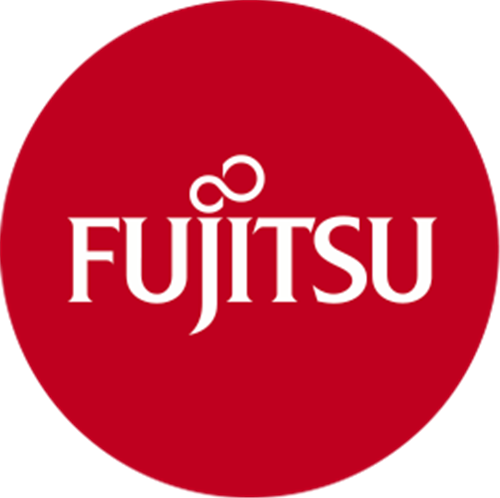

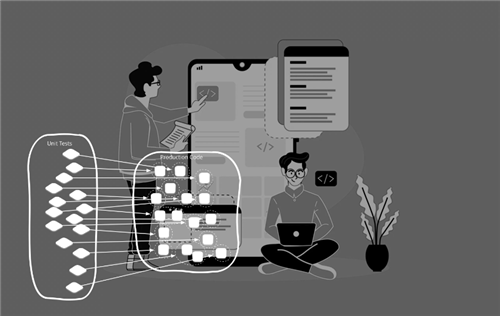









 Link copied!
Link copied!
 Recently Updated News
Recently Updated News